
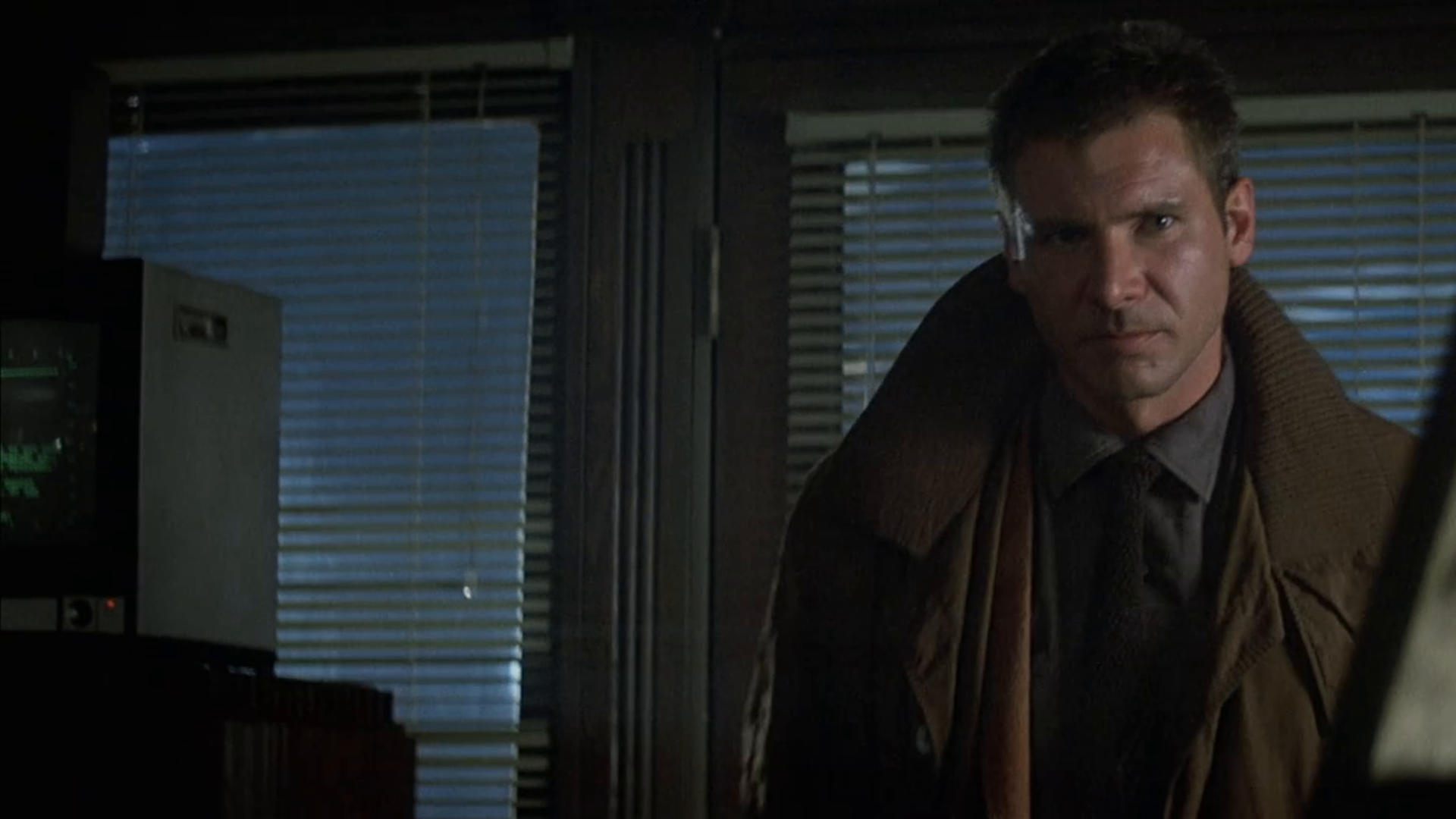
One cold weekend during my freshman year of high school, I was very excited to bring a copy of Ridley Scott’s Blade Runner home from the video store. I loved science fiction (and still do) and understood that this film was considered top-notch among aficionados of the genre. When Saturday night rolled around, I eagerly popped the tape into the VCR and began my odyssey into sci-fi greatness.
There was only one problem: just as Harrison Ford’s Deckard entered the workshop and laboratory of William Sanderson’s Sebastian (but before Darryl Hanna’s Pris made her big surprise), I fell asleep. Totally bummed out, I tried again Sunday afternoon but fell asleep again – during the exact same scene!
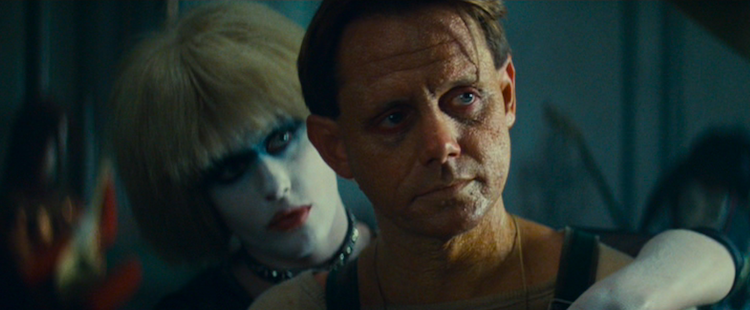
Subsequent attempts in the years following brought the same results. Even reading Philip K. Dick’s Do Androids Dream of Electric Sheep?, the book that served as the film’s source material, was not enough to break the curse. It was a baffling occurrence, but not one that was totally unique to me. I had the same experience with The Good, the Bad and the Ugly whenever I hit the part of the movie where Eli Wallach and Clint Eastwood are praising the virtues of the Confederacy to a band of gray-suited soldiers, only to see them beat the dust off their jackets to reveal blue uniforms. Boom! Fast asleep.
I eventually made it all the way through The Good, the Bad, and the Ugly (and loved it), which emboldened me to take another stab at my other white whale. Ladies and gentlemen, I’m proud to say that I was finally able to watch the entirety of Blade Runner without interruption, and yes, I loved it as much as I thought I would the first time I brought it home from the video store over thirty years ago.
I’m aware there have been several re-released versions of Blade Runner over the years, but I can’t tell you with any certainty which of these I watched. And honestly, I don’t really care. What I do care about is how director Ridley Scott conjured one of the most grim yet recognizable dystopian civilizations this side of 1984 and how he turned a small-time sci-fi crime novel into one hell of an influential genre film.
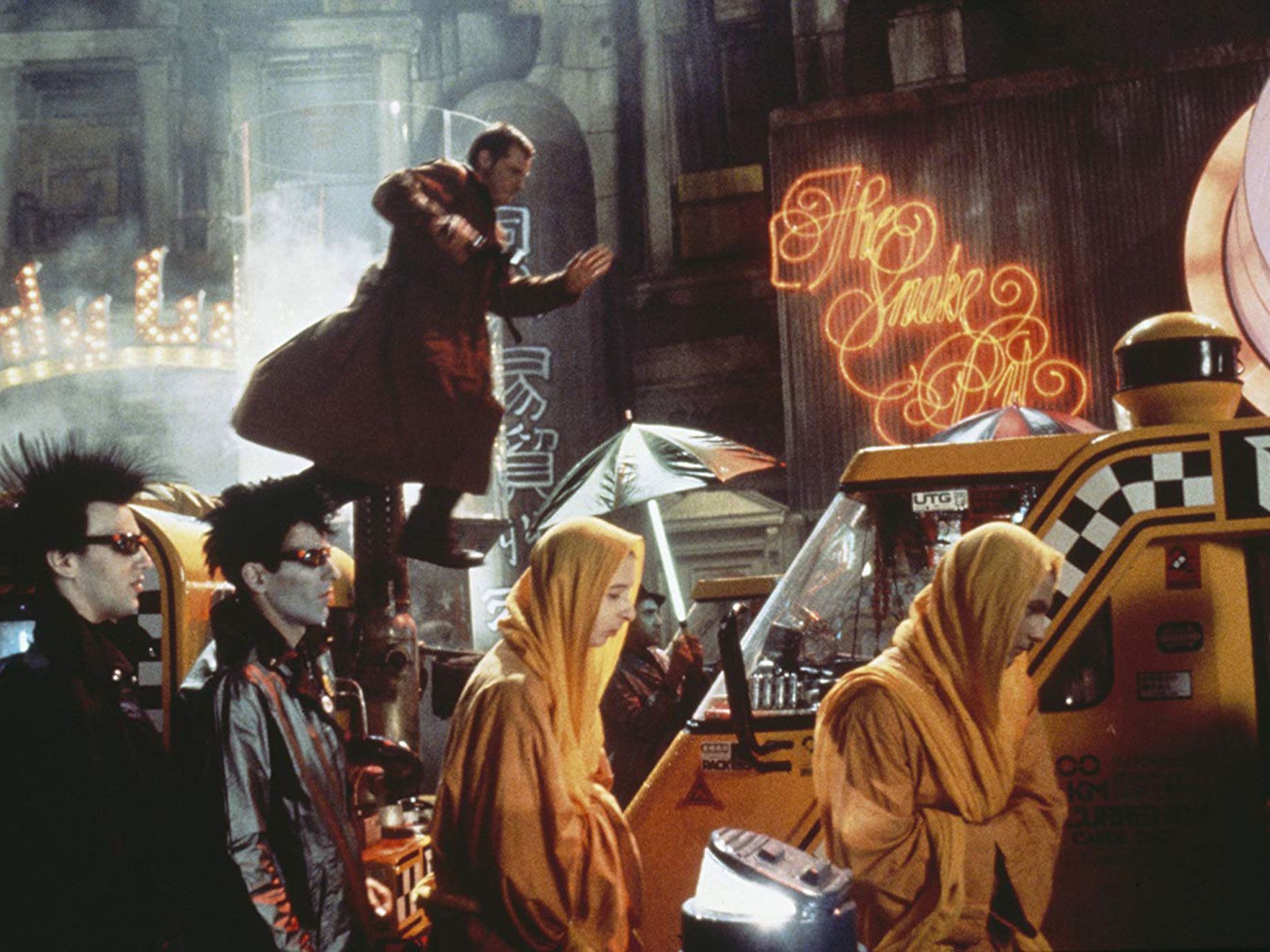
Scott’s vision of “futuristic” Los Angeles (the film takes place in 2019, but don’t let this novelty diminish the impact of its themes) is as bleak as they come and would not be matched until Alfonso Cuarón’s 2006 masterpiece Children of Men (which, incidentally, takes place in 2027, just around the corner). What makes both of these films so poignant is not their special effects or action sequences (although both contain spectacular examples of both), but their ability to tap into and realistically call attention to humanity’s gradual slide into abject misery.
Is Scott’s Los Angeles, while stylized and gussied up to match an identifiable sci-fi setting, that much different than the one currently inhabited by millions of people? With the constant threat of man-made environmental disaster now a terrifying fact of life, a sky so choked with pollutants that it causes constant harsh rains and near-permanent darkness becomes easier to imagine with each passing week. The world of Blade Runner is so terrifying because it is the same one currently being created by hyper-accelerated late-stage capitalism. Despite its 2019 setting and post-war film noir sensibilities, Blade Runner is still very much our future.
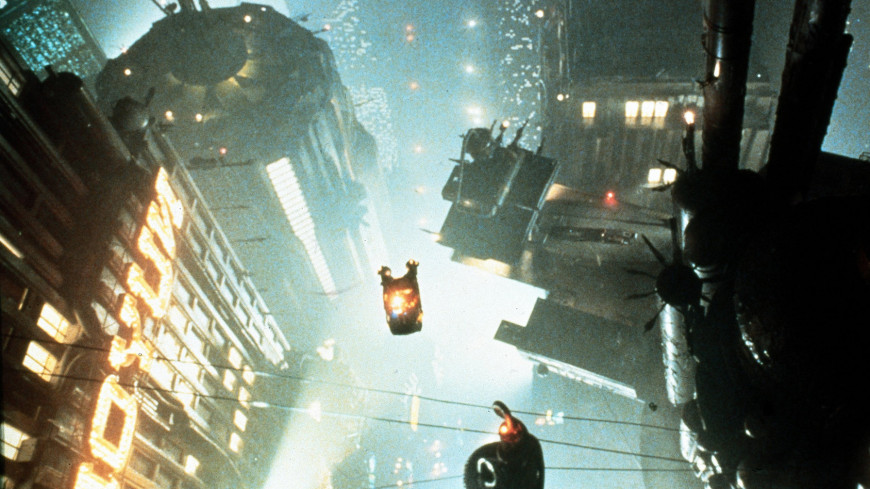
Also prevalent (and again, the product of capitalism’s gasping death throes) is Blade Runner’s examination of A.I., its uses, dangers, and reliance. Since pollution has killed almost every animal on Earth, humans have resigned themselves to creating replicas using a complicated application of artificial intelligence. This naturally leads to the creation of human versions as well (called “replicants”), which operate as a kind of slave race despite their increasing sentience and individuality.
What’s fascinating about this dynamic is that no one seems to recognize or care that all of this is a byproduct of greed and capitalism run amok. In Blade Runner, the rich literally lord over the poor, sequestered away in gigantic compounds high in the air. These monoliths dwarf even the tallest, overcrowded tenement buildings that clog the skyline, reminding all just who’s in charge. But, as we come to find out, humanity has a challenger to its dominance in the form of the replicants, an ever-evolving new species born from the hubris of the robber baron class. These new humans have had enough of servitude, and through the actions of a rebellious few, they prove that a new class conflict is inevitable.
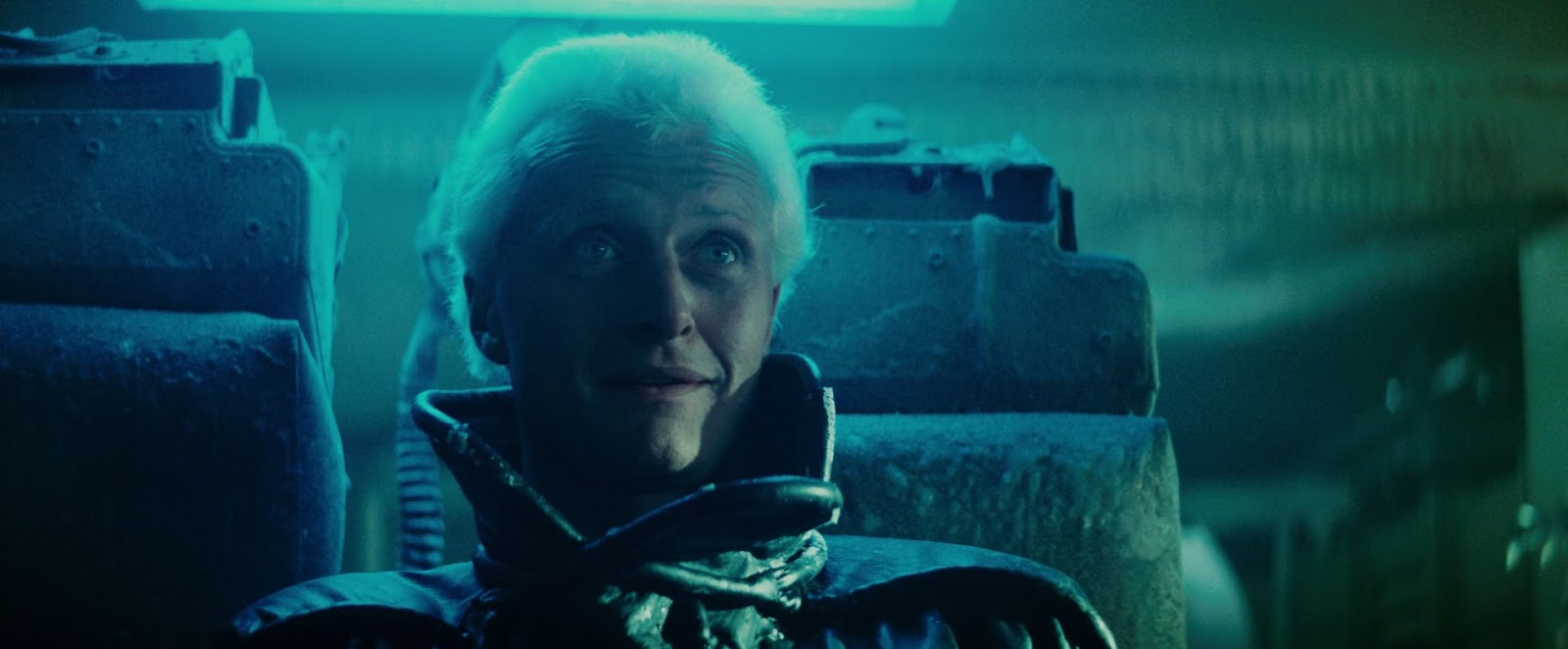
This zeal for freedom is brilliantly portrayed through Rutger Hauer’s Roy Batty, the leader of a renegade band of androids whose lives are nearly at an end thanks to a limited lifespan built into all replicant programming. Hauer’s performance is as unhinged as it is irresistible and nuanced, and it demonstrates that, when backed into a corner, the powerless find themselves surprisingly powerful in the face of their oppressors. Making things even more interesting is that Batty, a deranged lunatic by almost any standards, uses his final moments to show mercy to Deckard before succumbing to the death sentence his kind was handed down by an egotistical creator. To this end, it’s the fatalism of film noir that becomes Blade Runner’s guiding genre influence.
James is a writer, record collector, wrestling nerd, and tabletop gamer living with his family in Asheville, North Carolina. He is a member of the Southeastern Film Critics Association, the North Carolina Film Critics Association, and contributes to The Daily Orca, Razorcake Magazine, Mountain Xpress, and Asheville Movies.